
Shado'man(2013)
In Freetown, the capital of Sierra Leone, a group of friends lives on the streets. They call themselves the Freetown Streetboys, even though there are some women among them as well. Suley, Lama, David, Alfred, Shero and Sarah have all faced enormous physical and psychological challenges, and have been abandoned by the world around them. Without commentary and in poetic, cinematic images, the camera records the dark environment that they inhabit. The group shares their heartrending stories of the precarious nature of life in this complex country. But there is also room for everyday personal struggles, such as starting relationships, how to bring up children (or not), and sex.
Movie: Shado'man

Shado'man
HomePage
Overview
In Freetown, the capital of Sierra Leone, a group of friends lives on the streets. They call themselves the Freetown Streetboys, even though there are some women among them as well. Suley, Lama, David, Alfred, Shero and Sarah have all faced enormous physical and psychological challenges, and have been abandoned by the world around them. Without commentary and in poetic, cinematic images, the camera records the dark environment that they inhabit. The group shares their heartrending stories of the precarious nature of life in this complex country. But there is also room for everyday personal struggles, such as starting relationships, how to bring up children (or not), and sex.
Release Date
2013-11-22
Average
2
Rating:
1.0 startsTagline
Genres
Languages:
Keywords
Similar Movies
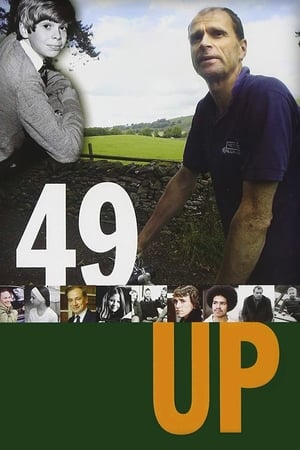 7.4
7.449 Up(en)
49 Up is the seventh film in a series of landmark documentaries that began 42 years ago when UK-based Granada's World in Action team, inspired by the Jesuit maxim "Give me the child until he is seven and I will give you the man," interviewed a diverse group of seven-year-old children from all over England, asking them about their lives and their dreams for the future. Michael Apted, a researcher for the original film, has returned to interview the "children" every seven years since, at ages 14, 21, 28, 35, 42 and now again at age 49.In this latest chapter, more life-changing decisions are revealed, more shocking announcements made and more of the original group take part than ever before, speaking out on a variety of subjects including love, marriage, career, class and prejudice.
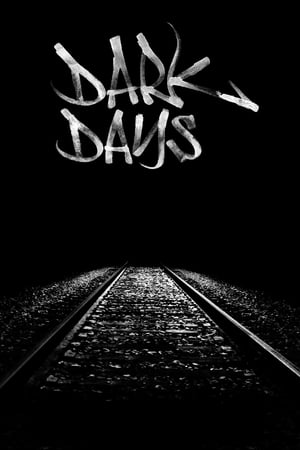 7.3
7.3Dark Days(en)
A cinematic portrait of the homeless population who live permanently in the underground tunnels of New York City.
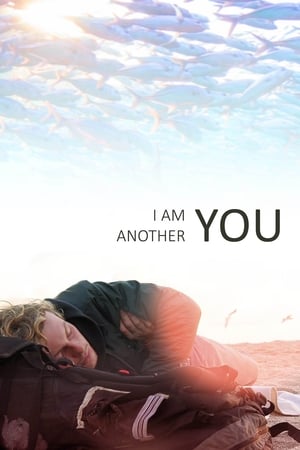 7.6
7.6I Am Another You(en)
Through the eyes of a young drifter who rejects society's rules and intentionally chooses to live on the streets, Chinese filmmaker Nanfu Wang explores the meaning of personal freedom – and its limits.
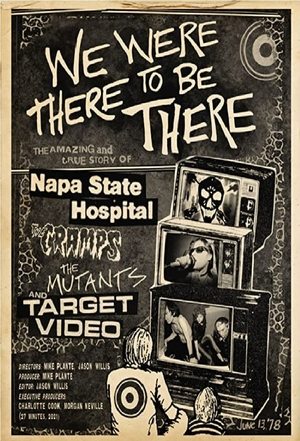 0.0
0.0We Were There to Be There(en)
On June 13, 1978, the punk bands the Cramps and the Mutants played a free show for psychiatric patients at the Napa State Hospital in California. We Were There to Be There chronicles the people, politics, and cultural currents that led to the show and its live recording.
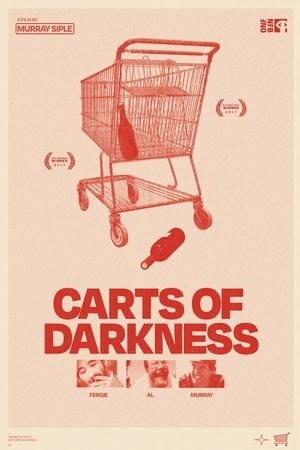 6.8
6.8Carts of Darkness(en)
In the picture-postcard community of North Vancouver, filmmaker Murray Siple follows men who have turned bottle-picking, their primary source of income, into the extreme sport of shopping cart racing. Enduring hardships from everyday life on the streets of Vancouver, this sub-culture depicts street life as much more than stereotypes portrayed in mainstream media. The films takes a deep look into the lives of the men who race carts, the adversity they face, and the appeal of cart racing despite the risk.
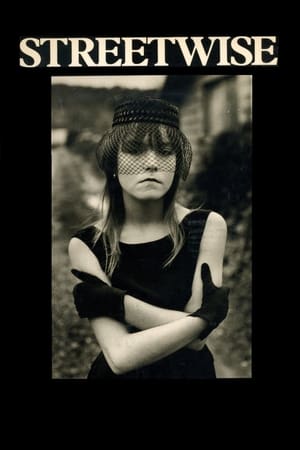 7.5
7.5Streetwise(en)
This documentary about teenagers living on the streets in Seattle began as a magazine article. The film follows nine teenagers who discuss how they live by panhandling, prostitution, and petty theft.
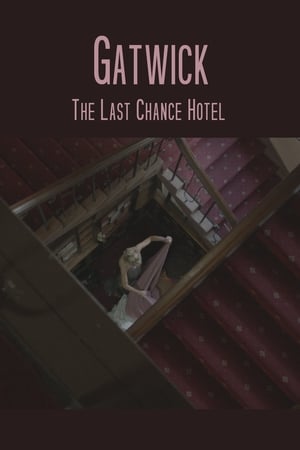 8.0
8.0Gatwick - The Last Chance Hotel(en)
Intimate true stories from St Kilda's Gatwick Private Hotel. Meet the incredible characters including sisters Rose and Yvette who dedicated their lives to caring for the forgotten.
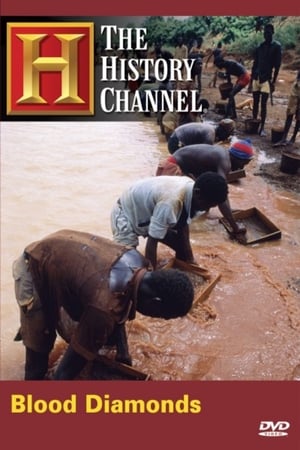 6.8
6.8Blood Diamonds(en)
Blood Diamonds is a made-for-TV documentary series, originally broadcast on the History Channel, that looks into the trade of diamonds which fund rebellions and wars in many African nations. The program focuses primarily on two nations: Sierra Leone and Angola. Diamonds which are traded for this purpose are known as blood diamonds.
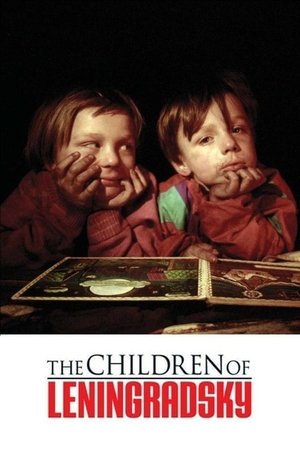 7.4
7.4The Children of Leningradsky(pl)
Since the fall of the Iron Curtain an estimated four million children have found themselves living on the streets in the former countries of the Soviet Union. In the streets of Moscow alone there are over 30,000 surviving in this manner at the present time. The makers of the documentary film concentrated on a community of homeless children living hand to mouth in the Moscow train station Leningradsky. Eight-year-old Sasha, eleven-year-old Kristina, thirteen-year-old Misha and ten-year-old Andrej all dream of living in a communal home. They spend winter nights trying to stay warm by huddling together on hot water pipes and most of their days are spent begging. Andrej has found himself here because of disagreements with his family. Kristina was driven into this way of life by the hatred of her stepmother and twelve-year-old Roma by the regular beatings he received from his constantly drunk father. "When it is worst, we try to make money for food by prostitution," admits ...
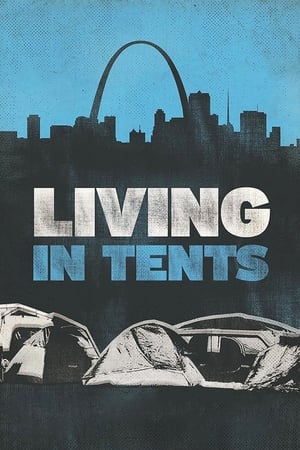 0.0
0.0Living in Tents(en)
In January 2011 Paul Crane discovered a tent city in downtown St. Louis, along the Mississippi River. He was curious as to who these people were, how they ended up there, and what life was like for them each day. He initially thought he would simply go down during the day and capture footage when possible, but he quickly realized that if he wanted to truly capture how these people lived and the full reality of their collective and individual existence, he would have to be there full time and become a part of the place, so he moved in with them.
untitled minneapolis project(en)
A homeless man living in a encampment in Minneapolis tells his perspective on the ongoing crisis of homelessness.
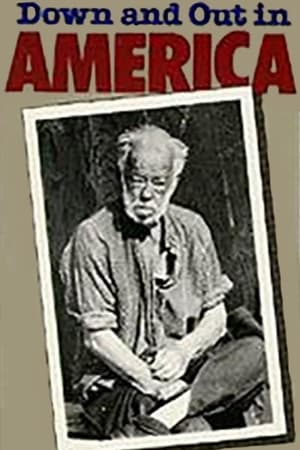 6.7
6.7Down and Out in America(en)
The recession of the 1980s split the country into the haves and have-nots, from family farmers to factory workers and homeless people forced to live in decrepit welfare hotels. On the verge of losing everything, courageous Americans discover the power of community organizing to fight injustice.
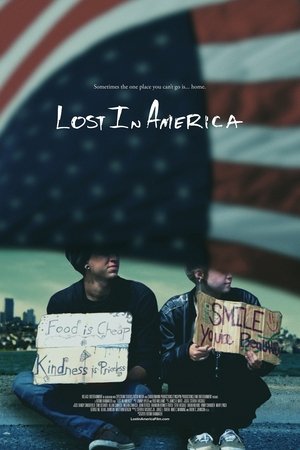 0.0
0.0Lost in America(en)
Following director Rotimi Rainwater, a former homeless youth, as he travels the country to shine a light on the epidemic of youth homelessness in America.
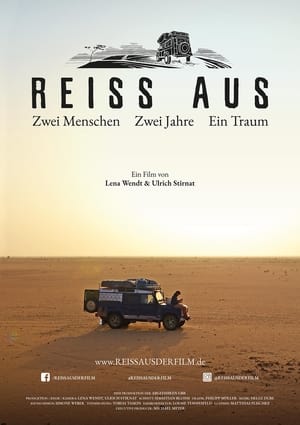 7.7
7.7Break Free - Two People. Two Years. One Dream(de)
When Lena and Ulli start the engine of their old Land Rover, Lady Terés, they have a plan: to drive from Hamburg to South Africa in six months. What they don't know yet is that they won't ever get there. Two totally different characters, jammed together in two square meters of space for almost two years, they experience what it really means to travel: leaving your comfort zone for good.
 0.0
0.0Beat Goes On(en)
Beat Goes On is an impressionistic portrait of the activist Keith Cylar (1958–2004), co-founder of Housing Works and a central figure in the AIDS Coalition To Unleash Power (ACT UP) NY. Cylar spoke clearly, frequently and with moral force about the struggles of people living with HIV/AIDS in New York City, many of whom were impoverished and struggling with multiple social and medical problems. His openness about his own drug use and the centrality of the fight against the criminalization of drugs for AIDS activism make Cylar's legacy especially resonant and relevant at this time. Commissioned by Visual AIDS in 2019 as part of STILL BEGINNING, a program of seven short videos responding to the ongoing HIV/AIDS epidemic.
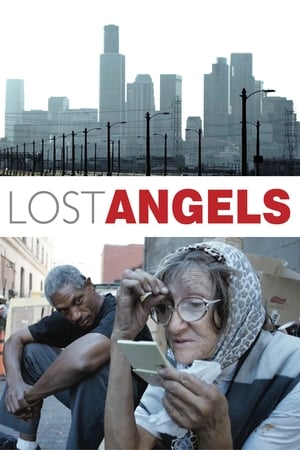 6.4
6.4Lost Angels: Skid Row Is My Home(en)
Los Angeles' Skid Row is home to one of the largest homeless populations in the United States. And we found, inside that community, the remarkable and enormously moving stories of Olympic athletes, Harvard attorneys, accomplished musicians, scholars. We found poverty, drugs and mental illness, of course - but more importantly we found life, hope and incredibly powerful human journeys.
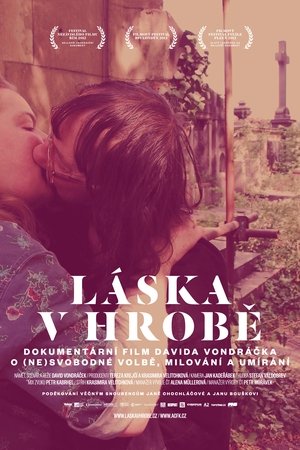 0.0
0.0Love in the Grave(cs)
Filmed over a number of years, David Vondráček’s powerful documentary records the lives of Jan and Jana, a homeless couple who find refuge in a cemetery in the Prague borough of Strašnice. Living on food from garbage containers and trading the books and porn magazines they find there, they nonetheless live lives of independence, love and humour. Jana, a former prostitute, tries to visit her daughter while Jan visits his aged mother after many years, but both fail to re-establish links with their past. Through identification with their everyday world, Vondráček reaches the human reality and complexity beneath the surface, a world not so different from that of the supposedly successful. Eventually, they are expelled from their temporary home with heartbreaking consequences. Vondráček’s award-winning documentary reveals the breadth of experience – even vibrancy – surviving in the world of the dispossessed.
 0.0
0.0Petit Rempart(fr)
Mariem, 53, a former estate agent, has been living at a shelter for several months. Surrounded by women in far more precarious circumstances than herself, she tries to regard her unprecedented social downfall as an immersion in real life. By the time she leaves, Mariem’s view of the world will have changed forever, enriched by all the women she has met along the way.
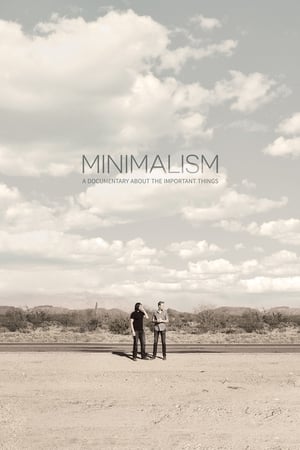 6.6
6.6Minimalism: A Documentary About the Important Things(en)
How might your life be better with less? The popular simple-living duo The Minimalists examines the many flavors of minimalism by taking the audience inside the lives of minimalists from various walks of life.
